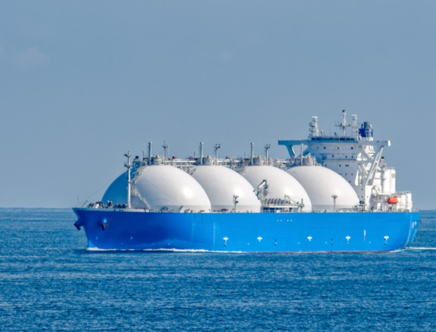The midstream sector of the energy industry is home to an exclusive group of companies that dominate the transportation, processing, and export of natural gas liquids (NGLs). Dubbed the “NGL Wellhead-to-Water Club,” these companies control the entire value chain, from extraction at the wellhead to delivery at export terminals. This level of integration allows them to operate more efficiently, capture value at multiple points, and meet the increasing global demand for NGLs.

Understanding the NGL Value Chain
Natural gas liquids (NGLs) are hydrocarbons like ethane, propane, butane, and natural gasoline that are extracted alongside natural gas. These products must be processed, transported, and fractionated into their individual components before they can be used domestically or exported. The wellhead-to-water model ensures that companies manage every aspect of this journey, from gas processing plants and NGL pipelines to fractionation facilities, storage, and terminal operations.
Who Are the Key Players?
Historically, industry giants such as Enterprise Products Partners, Energy Transfer, Targa Resources, and Phillips 66 have dominated this space. These companies have built extensive midstream infrastructure, enabling them to move NGLs seamlessly from the wellhead to international markets. However, recent developments have seen MPLX and ONEOK making strategic investments to enter this elite club.
- MPLX has expanded its fractionation capacity and partnered in the development of a new LPG export terminal, positioning itself as a full-cycle NGL player.
- ONEOK, historically known for its strong position in NGL gathering and transportation, has extended its operations with additional fractionation and terminal capacity.
Why Does This Matter?
The wellhead-to-water model provides several competitive advantages:
- Operational Efficiency – Controlling the entire value chain reduces reliance on third parties and minimizes bottlenecks.
- Revenue Capture – Companies can generate fees at multiple stages, from gathering and processing to storage and export.
- Market Flexibility – Full-cycle control allows midstream operators to shift products based on demand and optimize pricing strategies.
- Global Competitiveness – With increasing global NGL demand, especially from Asia and Europe, having an integrated system ensures supply reliability and cost efficiency.
NGLs vs. LNG: Similarities and Differences
While the “NGL Wellhead-to-Water Club” is specific to natural gas liquids, a similar approach is seen in the liquefied natural gas (LNG) sector. LNG companies benefit from controlling the full value chain—from extraction and liquefaction to shipping and regasification. The fundamental difference is that LNG is primarily methane converted into liquid form for transport, whereas NGLs include a range of hydrocarbons used for petrochemicals, heating, and fuels.
Looking Ahead
As U.S. NGL production continues to grow, we can expect further investments in midstream infrastructure. The competition among existing and emerging wellhead-to-water players will intensify as companies seek to optimize logistics, lower costs, and expand into international markets.
For industry professionals, understanding these dynamics is crucial. Whether you’re in upstream production, midstream logistics, or downstream refining and petrochemicals, the wellhead-to-water approach will shape the future of NGL supply chains.
Stay informed on the latest developments by following our updates on industry trends, midstream expansions, and NGL market insights.



